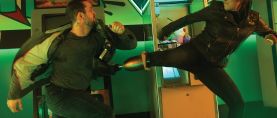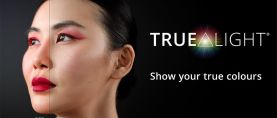
Donnie Darko: Crafting A Cerebral Cult Classic
Twenty years since its release, Steven Poster, ASC looks back on shooting director Richard Kelly’s disturbingly original feature debut.
Preparation met opportunity when veteran cinematographer Steven Poster, ASC was presented with the chance to join first-time feature director Richard Kelly on the surreal high-school drama Donnie Darko. “In 1997, I went to France to do a French movie for a French director,” he remembers. “It was two or three years after that and I’d not shot another feature in America. One night, I was at an ASC event, and Thomas Newton Segal, ASC and I were talking. I told him, ‘I really want to get back into features.’ The next week, he was asked to do Donnie Darko. He turned it down, but said, ‘You know, my friend Steven Poster is available. Why don't you talk to him?’ That got me a meeting. I read the script, and it was phenomenal. I just said, ‘I really want to do this movie.’”
The cinematographer brought with him decades of experience behind the camera, having shot numerous features and hundreds of high-end commercials and music videos.
Poster soon met Kelly, who had just graduated from USC film school, at a house he was renting in funky Venice Beach. “It was like a college dorm — four guys living together,” the cinematographer remembers. “Sean McKittrick, the producer, and Richard interviewed me. I noticed that Richard was really nervous, pacing back and forth. I told Richard that I wanted him to forget our ages, forget my experience. If I were hired, I would be there for him as a director of photography. He would be the director. I told him I was very interested in working with him and he relaxed.”
Donnie Darko marked the first collaboration between Poster and Kelly, who went on to work together on the subsequent features Southland Tales and The Box.
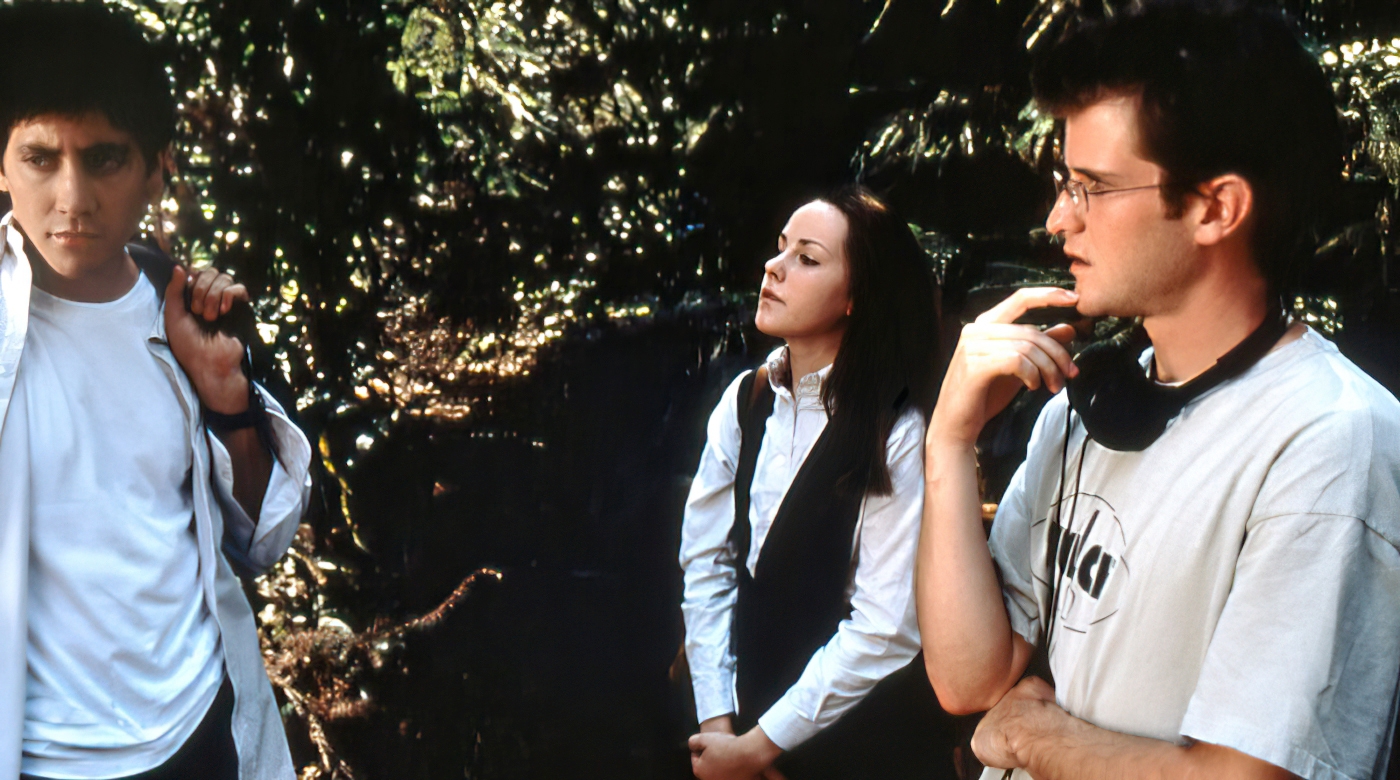
Darko was shot on a tight schedule with 22 production days and one pickup day. Poster credits the ability to work efficiently to the time he had to work with Kelly in pre-production: “One of the things that I said when I got hired, because he was a first-time director, was that I wanted to have three or four days with him alone to sit down and read the script and decide what we were going to do.”
For Poster, those few days were integral not only to the shooting of Donnie Darko, but influential to his work going forward. “It was a tremendously creative time, where we were able to really justify everything we wanted to do,” he explains. “When we came out of those four days, we knew what the movie was. We sailed through that production in a way that was so exciting and energizing. It allowed me to do some things that I had been working at doing, but never really achieved. I'm a very technical guy, but I had a personal goal of wanting to work more intuitively. I wanted to let it come from my heart, not my head. I was able to do that all the way through from day one through the end of production.”

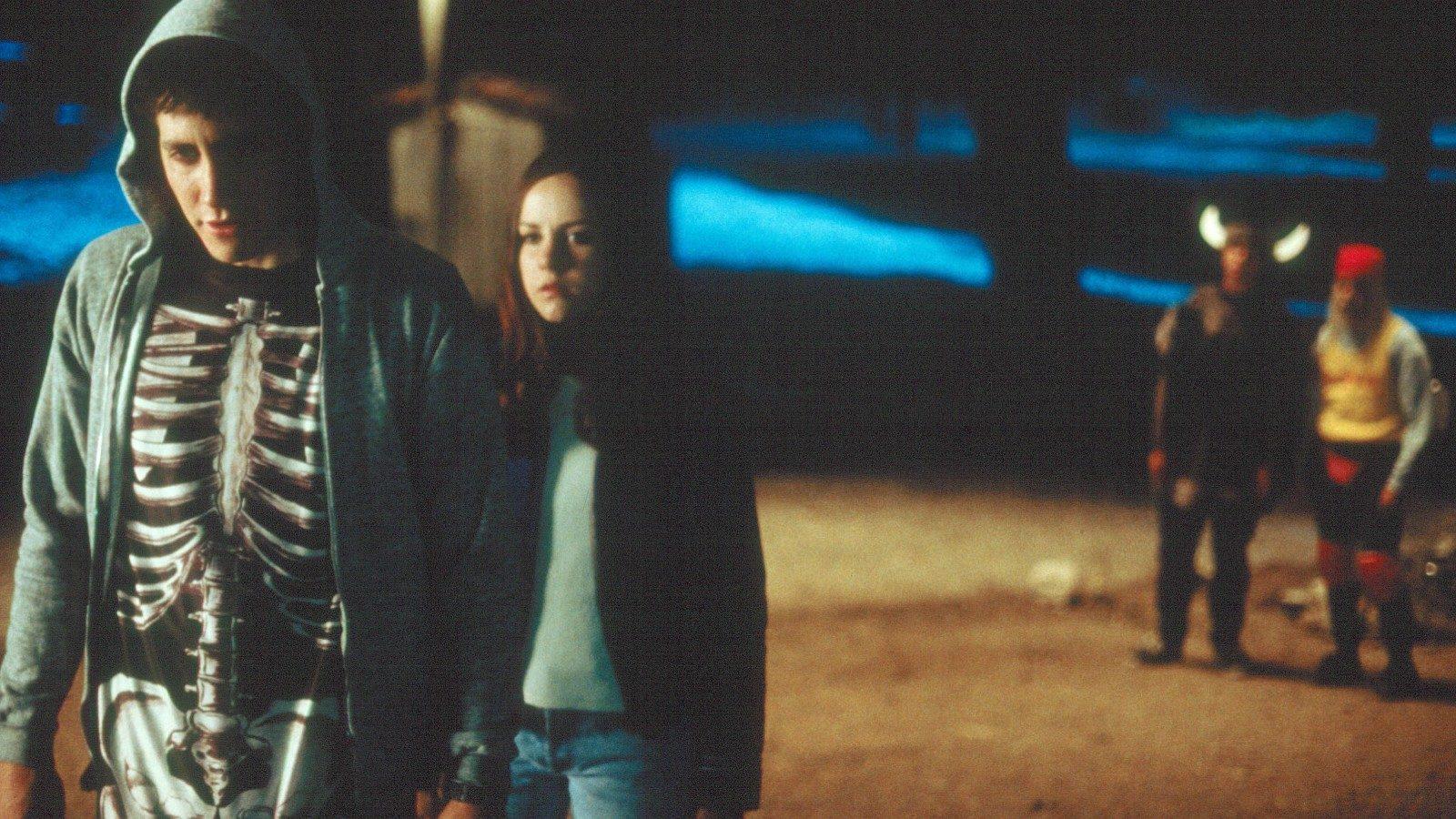
Poster shot the picture with Panaflex Millennium cameras paired with Primo anamorphic lenses, employing Tiffen Pro Mist filtration. The film was originally finished traditionally at Deluxe Laboratories, though Poster recently had the opportunity to go back and re-color the film in a DI suite. “When the film was made, film was often manipulated in the laboratory to do things like bleach bypass and different types of processes. I asked Richard if he had thought about any of that. He said something very wise. He said, ‘This movie is weird enough on its own, let's shoot it classically.”
“It was a very seminal moment for me in my career and in my artistic development.”
— Steven Poster, ASC
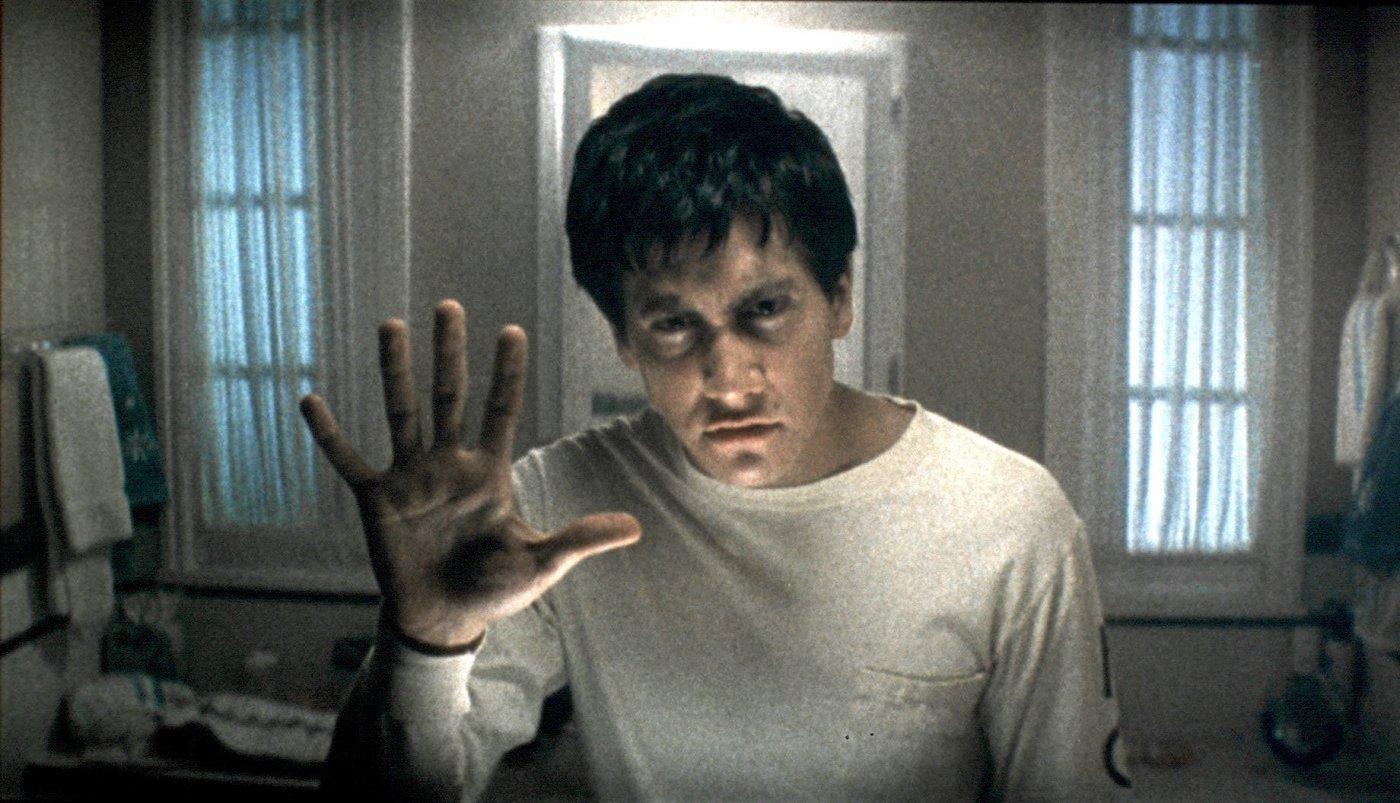
Initially, production was dubious about shooting in anamorphic. As Poster remembers, “The producers came to me saying that we couldn’t afford to shoot anamorphic. I said, ‘Well, listen, let me tell you something, there's a couple of things that make it possible. Number one, there's a new Kodak film stock that is ASA 800 [Vision 800T 5287]. That will effectively eliminate needing more light [then we would with spherical lenses]. We're shooting in practical locations, in the house with reasonably low ceilings, and if we shoot anamorphic, we won't see the ceiling. I can put lights on the ceiling, and make it very fast to be able to shoot everything we need within those locations.’ So, they let us shoot anamorphic. Everything I said was BS. I just made that up on the spot. I mean, it was correct. But I made it up. I had never shot the 800 stock. I'd never put one foot of it through a camera. So I didn’t know what it would do. I just said, ‘Well, Kodak has the stock. I’ll find a way to use it.’ It was the only movie ever shot on that stock all the way through.”

Poster primarily shot with one camera, bringing in multiple units only for large setpieces such as auditorium scenes with numerous extras, or when production dropped a jet engine through the ceiling of Donnie’s bedroom. “We actually dropped the whole shape of the engine through the roof of the set we built. Alec Hammond, the production designer, had bought part of an engine cowling from a junkyard. Our special effects physical effects supervisor was Robbie Knott, a really terrific, inventive guy. He rigged it so that it could go inside this warehouse and be lifted up on a crane. We had three cameras on it. I told my camera operator, Michael Scott, ‘You got one chance at this; we won't do this a second time. You have to follow it down at high speed and not miss the shot.’ He did. It was a perfect shot.”
Lending a hand as camera operators on the show were ASC members Richard Crudo and Bing Sokolsky, as well as future member Steve Gainer, who also performed second-unit duties.
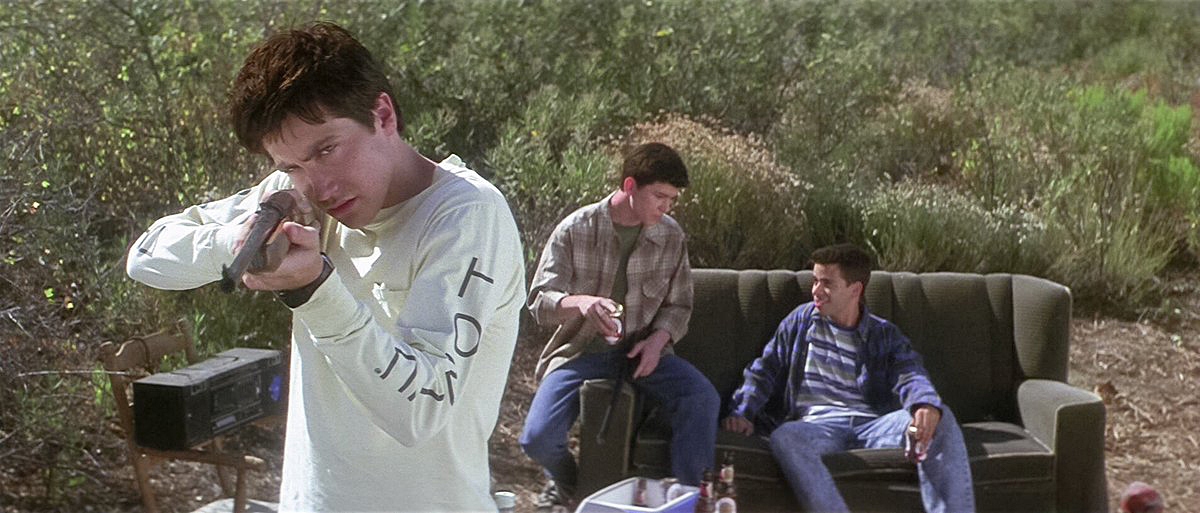
Looking back at Donnie Darko two decades since its release, Poster only has positive thoughts: “Look at the careers that were made from that movie. Jake Gyllenhal was tremendous to work with; he’s a real gentleman. Maggie Gyllenhal just directed her first film and it has gotten fabulous reviews. Richard Kelly, for a kid just out of school — he really knew what he was talking about.”
For Poster himself, Donnie Darko was an important career milestone: “I was coming home every night very excited, talking to my wife at that time. It was a very seminal moment for me in my career and in my artistic development. It was very important to me artistically. One of the things that really made the difference was having those four days and knowing exactly what the movie was going to be. It wasn’t just some little film that I tossed off. It was very important to me artistically.”
Poster has been a member of the ASC since 1987, and served as ASC President from 2002-’03. He also served for more than a decade as president of IATSE Local 600.

